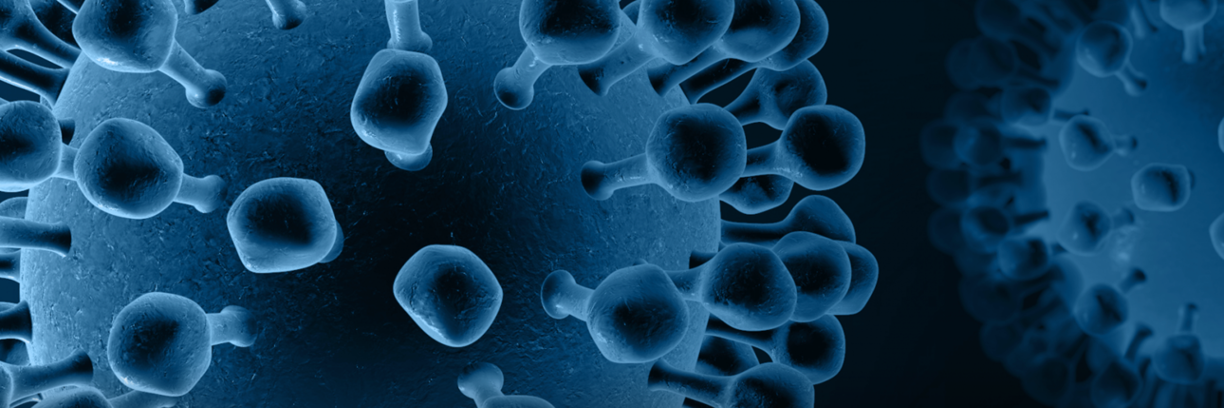Research in the Peccia Lab at Yale University integrates microbial genetics with engineering to address important environmental problems. With these fundamental skills we are able to tackle of environmental problems ranging from human exposure to pathogens to controlling green house gas emissions from terrestrial environments.
Wastewater-based Epidemiology
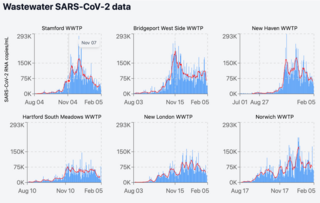
Tracking SARS-CoV-2 wastewater concentrations in CT cities.
The Yale COVID-19 wastewater surveillance project has been measuring and reporting the daily concentrations of SARS-CoV-2 and other human viruses in New Haven CT’s wastewater since March 19, 2020, and is among the longest running wastewater surveillance projects in the world. See our data: New Haven CT wastewater data. In addition to disease surveillance for our community, we continue to perform fundamental and applied research toward developing the practice of wastewater-based epidemiology. See our group’s seminal paper on wastewater surveillance.
Microbiology of the Built Environment
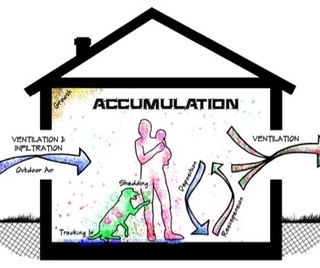
Sources and sinks of airborne microbes in buildings
Humans spend greater than 90% of our time indoors and our major exposures to microbes and chemicals occur in buildings. Understanding the microbiology of the built environment is important for reducing exposures to infectious and allergenic agents, as well as promoting a healthy human microbiome. We continue to leverage our aerosol science and molecular biology skill sets, and collaborate with epidemiologists to develop metrics for indicating healthy home microbiomes and improving the health of building occupants.
Regulating Biogenic Methane Emissions
Experimental setup for wetland methane flux studies
Methane is a potent greenhouse gas. Its release into the atmosphere has increased over the last century due to human activity. We study the microbial activity and function associated with terrestrial methane production and uptake. Areas of interest include exploring the spatial heterogeneity of methane fluxes from wetlands, microbial ecology and methane emissions from trees, and how changes in land use impact methane emissions from freshwater environments.
Detection and Control of Airborne SARS-CoV-2
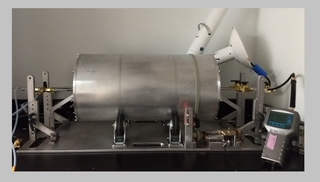
Rotating drum reactor for viral aerosol control studies
Individuals with respiratory viral disease can release infectious aerosols and droplets into their surrounding environment. In collaboration with Yale’s School of Public Health, our team has developed passive air samplers composed of polydimethylsiloxane (PDMS), and deployed them in high risk indoor environments with the goal of understanding personal exposure to SARS-CoV-2-laden aerosols and droplets. Our team also has deep experience in bioaerosol control technologies, including research on the kinetics and mechanisms of UVGI aerosol inactivation and recent work in bipolar ion-based viral aerosol control.
Human Exposure to Land Applied Sewage Sludge
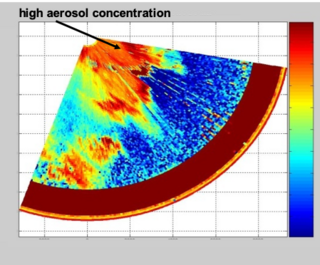
LIDAR scan demonstrating the aerosolization of sewage sludge during high wind events
The majority of the 8 million tons of processed sewage sludge produced each year in the U.S. are applied to agricultural land. This use of sludge, however, is a present environmental, public health and public acceptance concern, largely due to the potential for aerosol-based pathogen exposure to residents that live near land application sites. Our research group is a leader in the study of microbial risk associated with sludge land application. We have developed and validated models to convert bulk biosolids pathogen/chemical concentrations into aerosol emission rates, performed in vitro lung cell toxicity assays to provide details on sludge aerosol toxicity, and created sludge viral metagenomes to reveal the diversity of viral exposures.
